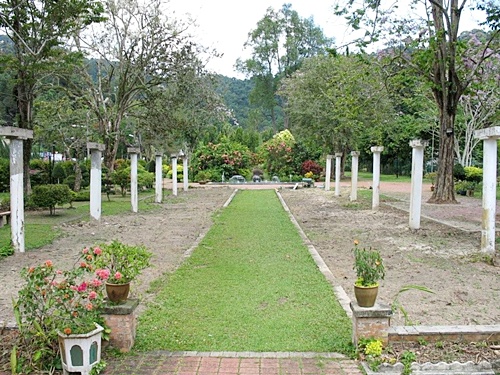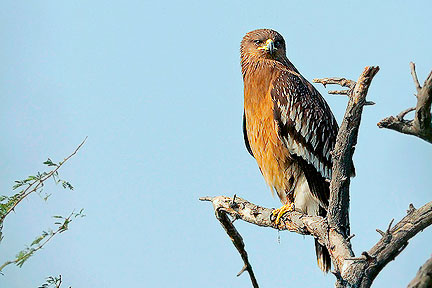Penang is a very popular tourist destination and have been visited by the likes of Somerset Maugham, Rudyard Kipling, Noël Coward and Queen Elizabeth II among many others. Penang has always been a popular tourist destination, both domestically and internationally. Penang is known for its rich heritage, multicultural society and its vibrant culture, its hills, parks, and beaches, shopping, and good food. Penang has been ranked by Yahoo! Travel as one of the "10 Islands to Explore Before You Die" and listed in Patricia Schultz's best-selling "1,000 Places to See Before You Die" travel book.
BEACH
Example of beaches in Penang.
The most popular beaches in Penang are located at Tanjung Bungah, Batu Ferringhi, and Teluk Bahang, and these contiguous beaches are home to Penang's famed hotel and resort belt. More secluded Muka Head, which hosts a lighthouse and a marine research station, and Monkey Beach – both within the Penang National Park – offer more pristine water.
Tanjung Bungah's Beach
Batu Ferringhi's Beach
Teluk Bahang's Beach
Pollution which has been going on for years taints the beauty of the beaches and increasingly turns tourists away to places like Langkawi and Pangkor. Among the identified sources of pollution include inefficient sewage disposal and unchecked commercial activities.
PARKS GARDEN AND NATURAL HISTORY
Despite its limited land size and dense population, Penang has managed to retain a considerable area of natural environment. As of 2011, 7% of the state's total surface area or 7524 hectares was forested. Located at the fringe of George Town, at the foot of Penang Hill are two adjacent green areas – the Penang Municipal Park (popularly known as Youth Park) and the Penang Botanic Gardens. Penang Hill, despite encroaching development, remains thickly forested and lush in vegetation.
In addition to this, there are nature preserves in Bukit Relau, Teluk Bahang, Bukit Penara, Bukit Mertajam, Bukit Panchor, and Sungai Tukun. The Penang Butterfly Farm in Teluk Bahang, one of few of its kind in the world, is a walk-in free-ranging butterfly habitat, breeding and conservation centre. The Penang Bird Park in Seberang Jaya is the first aviary in Malaysia.[154] Other places of special interest include the Tropical Spice Garden and the Tropical Fruit Farm in Teluk Bahang, and the Bukit Jambul Orchid and Hibiscus Garden.
Penang's Botanic Garden.
A small bushy tree, Alchornea rhodophylla, the almost-extinct tree Maingaya malayana, and the toad Ansonia penangensis are endemic only to the island of Penang. Some of the commonly seen birds in Penang include the migratory greater spotted eagle (Aquila clanga), the blue-tailed bee-eater (Merops philippinus) and the blue-throated bee-eater (Merops viridis), and the endemic chestnut-headed bee-eater (Merops leschenaulti), the Brahmniy kite (Haliastur indus), the common sandpiper (Actitis hypoleucos), and the white-bellied sea eagle. The sandy beaches of the Penang National Park are the nesting grounds for the green turtle (Chelonia mydas) from April to August, and the olive ridley sea turtle (Lepidocchelys olivacea) between September and February. The Irrawaddy dolphin (Orcaella brevirostris) and the bottlenose dolphin (Tursiops truncatus) are occasionally sighted in the coastal seas off the Park. Also living in the Park are the leopard cat (Prionailurus bengalensis), the flying lemur (Galeopterus variegatus), and one of the world's largest arboreal rodents, the cream-coloured giant squirrel (Ratufa affinis).
The flora and fauna of Penang.
Maingaya malayana
Greater Spotted Eagle
The Green Turtle of Penang.
















0 comments:
Post a Comment